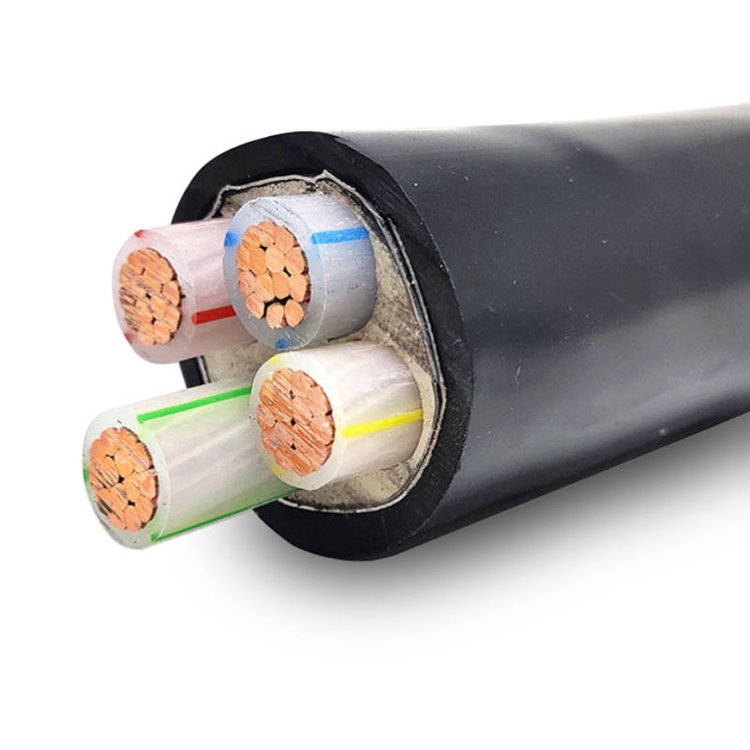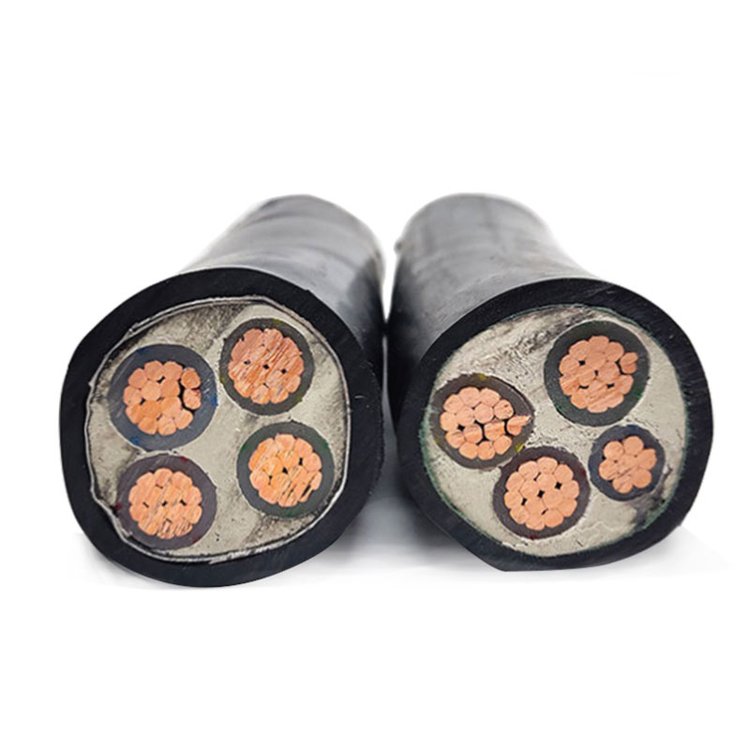Marine cable production process:
The production process of Marine cable mainly includes the following steps:
1. Conductor manufacturing: Select the appropriate material, such as copper or aluminum, to manufacture the conductor of the cable.
2. Insulation layer manufacturing: The conductor is coated with an insulating material, such as polyvinyl chloride (PVC) or cross-linked polyethylene (XLPE), for isolating the conductor and the external environment.
3. Braided layer manufacturing: braided insulating material, such as glass fiber or polyester fiber, over the insulating layer to provide additional protection and mechanical strength.
4. Sheath manufacturing: Coating a sheath material, such as polyvinyl chloride (PVC) or rubber, on the braid layer to protect the cable from physical damage and chemical corrosion.


Performance characteristics of Marine cable:
1. Oil resistance: Marine cables need to have good oil resistance to deal with oil pollution that may exist in the ship environment.
2. Wear resistance: Marine cables need to have high wear resistance to cope with mechanical friction and extrusion that may occur in the ship.
3. Water resistance: Marine cables need to have high water resistance to cope with wet ship environment and possible flooding.
4. Fire resistance: Marine cables need to have good fire resistance to ensure that the electrical system can keep working normally in the event of a fire.
Marine cable application range:
Marine cables are mainly used for the electrical system and equipment connection of ships, including the ship's power system, lighting system, communication system, etc. They are widely used in various types of ships, such as merchant ships, passenger ships, warships, fishing boats and so on.
Proper use and installation of Marine cables:
1. Before installation, check the appearance of the cable and the integrity of the insulation layer to ensure that there are no damaged or exposed conductors.
2. According to actual needs, select the appropriate cable specifications and types to meet the requirements of the electrical system.
3. During the installation, avoid excessive bending and stretching of the cable to prevent damage to the conductor and insulation layer.
4. When the cable passes through the siding or deck, use seals or waterproof sleeves to ensure the sealing performance of the cable.
5. As needed, use a cable bracket or fixing fixture to fix the cable to prevent it from loosening and shaking.
6. Regularly check the running status of the cable, such as temperature, resistance, etc., and maintain the cable clean and dry.
In short, the correct use and installation of Marine cables can ensure the normal operation of the electrical system and the safety of the ship. In the selection, installation and maintenance process, the relevant specifications and standards should be followed to ensure the reliability and durability of Marine cables.

Hot Tags: Marine cable, Manufacturers, Suppliers, Factory, Brands, Price, Quotation, Type, Durable, Cheap, China, Wholesale




